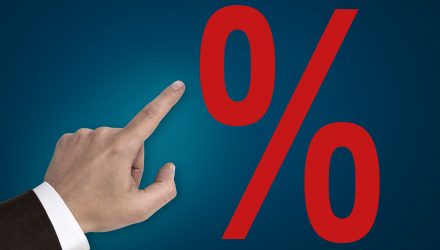With the S&P 500 and Dow Jones Industrial Average touching new highs, it’s “R-O-C-K in the U.S.A.” right now, but with the Federal Reserve looking to ease monetary policy, the emerging markets (EM) space could be teasing investors with possible gains ahead.
“We have seen too much underperformance versus U.S. equities and bonds,” said Mihir Vora during the Reuters 2019 Investment Outlook Summit. “But a big caveat – only if the quantitative easing sustains.”
“The reality is that globally we are at a place where there is no choice but to keep perpetuating the balance sheet expansion and QE,” Vora said during the Reuters Global Markets Forum on Monday.
Vora referenced the financial crisis in 2008 where the Fed injected copious amounts of cash and low rates into the markets to help stimulate the economy. Per a Reuters report, this “caused a massive rally in emerging markets that lasted until 2018, when hint of a gradual policy tightening by the Fed curtailed the rise in higher risk equities and currencies.”
The trade wars and rising interest rates took the mojo out of emerging markets last year, but the tide could be turning for EM investors. After the central bank cut rates for a third consecutive time this year, diversification via EM assets could be more attractive than ever.
An EM over DM Play
Investors looking to build off emerging markets strength can look to the Direxion MSCI Developed Over Emerging Markets ETF (NYSEArca: RWDE). RWDE provides a means to not only see developed markets perform well, but a way to access a convergence/catch-up in performance of DM relative to EM, a spread that has clearly widened over the past 6 months.
The fund seeks investment results that track the MSCI EAFE IMI – Emerging Markets IMI 150/50 Return Spread Index. The index measures the performance of a portfolio that has 150% long exposure to the MSCI EAFE IMI Index (the “Long Component”) and 50% short exposure to the MSCI Emerging Markets IMI Index (the “Short Component”).
On a monthly basis, the Index will rebalance such that the weight of the Long Component is equal to 150% and the weight of the Short Component is equal to 50% of the Index value. In tracking the Index, the Fund seeks to provide a vehicle for investors looking to efficiently express a developed over emerging investment view by overweighting exposure to the Long Component and shorting exposure to the Short Component.
For more relative market trends, visit our Relative Value Channel.

